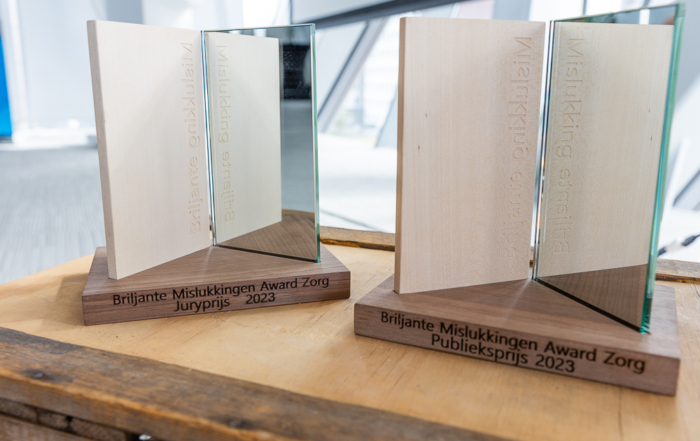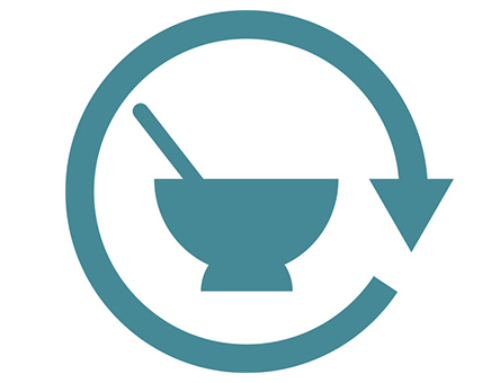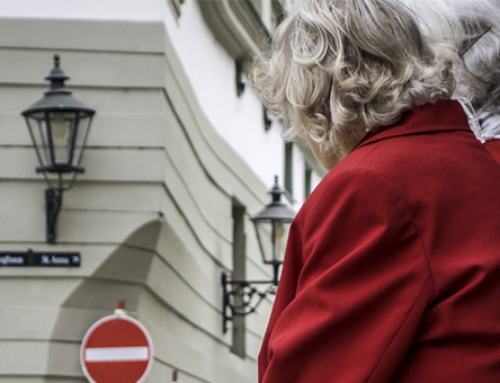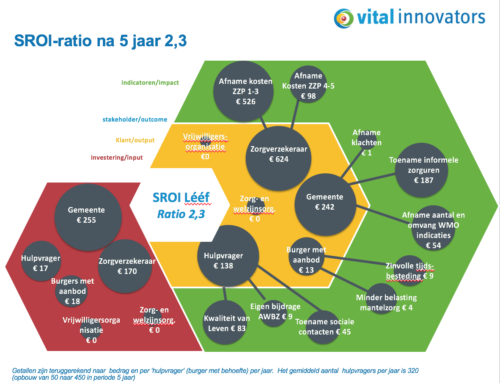The intention
Nearly a third of older people feel lonely (CBS, 2012). One of the reasons for this is the changes in healthcare. For example, efficiency measures and substitution of care result in fewer and shorter contact moments between care providers and the elderly. Elderly people are therefore becoming increasingly dependent on family and the immediate environment for social contact. A circle that often gets smaller as people get older. Good means of communication and better contact between generations can then help to combat loneliness.
De Compaan is a communication aid that is tailored to the needs and possibilities of the elderly. The idea for De Compaan arose when I bought a tablet for my great-aunt to communicate with her digitally. Despite extensive instruction, I couldn't manage to reach her via the tablet. The cause became clear when I later visited her and saw the tablet between a large pile of newspapers. This gave me the impetus to look for another way, a tool that would work. I then talked to the elderly, her family, healthcare providers and companies involved in similar innovations. The Compaan was the result. Via De Compaan, the elderly can. share photos, send messages and video calls with family and friends.
The approach
In order to sell 'De Compaan', we initially focused mainly on the end user. We visited the elderly with an explanation about the use. Because they saw with their own eyes how simple and user-friendly 'De Compaan' was, we also got people excited who were initially hesitant and fearful of technology. In addition, we focused on healthcare providers. We saw them as suitable partners for implementing 'De Compaan' in healthcare, because they know better than anyone what is going on and have direct contact with potential users.
The result
Partly due to all the positive and enthusiastic reactions, I had the idea that I had a golden trump in my hands. However, sales initially only started slowly. I discovered that the children play an important role in the purchase of 'De Compaan'. When I only spoke to an older person, this resulted in a sale less often than when a son or daughter was present. I also found out that home care providers were not always the ideal partners. The average home care provider is older and has more difficulty with technology than their younger counterparts. They provide 'warm' care themselves and 'cold' technology is the opposite of that. In addition, we also detected fear among the home care providers, the fear that technology will take over their jobs. If you confront people with this, do you notice that they do not always recognize this themselves.
The lessons
The most important lesson was that something that seems good and logical can turn out differently in practice. The user of your product is not necessarily the right person to focus your marketing on. Our focus on the potential user and caregivers was ineffective. We then started to focus on the children of the users, which has been positive for sales. Also in service we now focus on this group. The senior users are not going to call customer service, but call your son/daughter if, for example, something breaks.
Name: Joost Hermanns
Founder' De Compaan’
OTHER BRILLIANT FAILURES
Brilliant Failure Award Healthcare – 20 to stop coming up with new advice 2024
Wednesday 20 In November, the Brilliant Failure Awards for Healthcare will be organized for the tenth time by the Institute for Brilliant Failures.
Audience winner 2011 -Quitting is an option!
The intention To introduce a cooperative micro-insurance system in Nepal, under the name Share&Care, with the aim of improving access and quality of healthcare, including prevention and rehabilitation. From the beginning [...]
Vincent van Gogh a brilliant failure?
The failure It is perhaps very daring to give a gifted painter like Vincent van Gogh a place in the Institute for Brilliant Failures…During his lifetime, the impressionist painter Vincent van Gogh was misunderstood [...]












